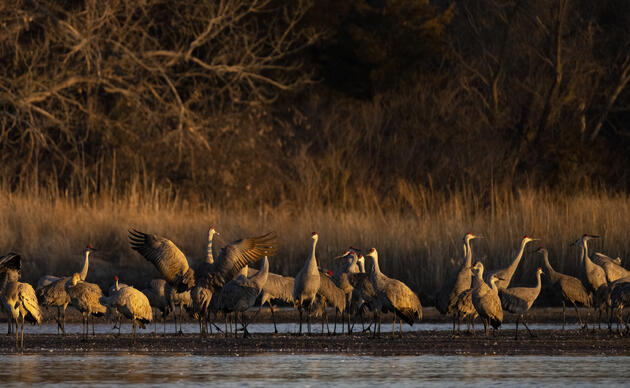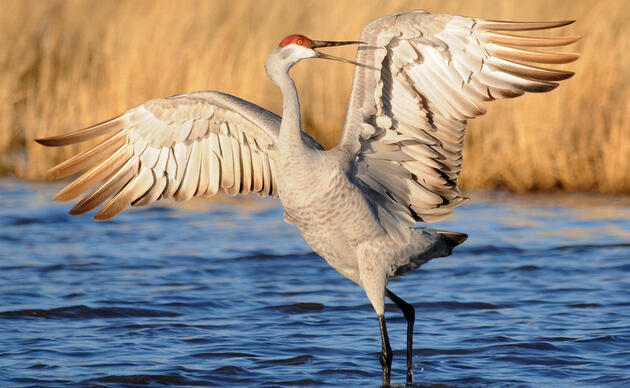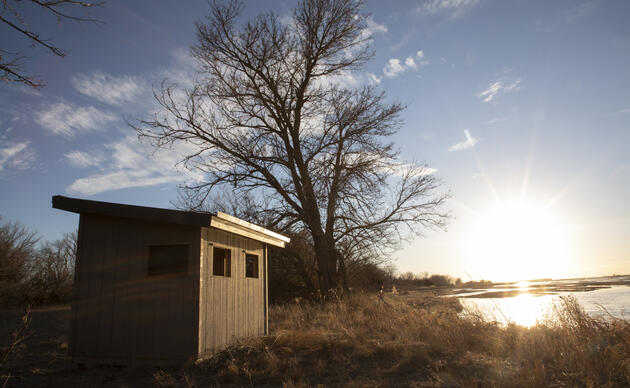Join us on Saturday, August 17 at 10:30 am to learn how to conduct a bumble bee survey for further conservation efforts through the Xerces Society’s Bumble Bee Atlas. Rowe Sanctuary staff will demonstrate the basics of surveying bumblebees including learning how to use an insect net to catch bumblebees, identify, and collect data according to project methods. During this training, one can expect to meet new people and connect with like-minded conservation focused volunteers. Everyone is welcome to join this community science project, and no experience is needed. We recommend participants wear long pants and closed-toe shoes, insect repellant, sunscreen, and bring a water bottle.
Bumble Bee Atlas was originally launched in Nebraska in 2019 with the goal to help understand and conserve our state’s bumble bees. This region is home to about 20 different species of bumble bees and our central location causes an overlap of species. A recent study reviewed by Bumble bee experts and the Xerces Society demonstrates that one-quarter of North America’s 50 bumble bees are undergoing dramatic population declines.
Bumble bees are charismatic and easily recognizable pollinators. They play an incredibly important role in the health of our environment by pollinating flowers essential to the survival of many wild organisms including plants, insects and birds, but also humans!
Participants will work alongside Rowe staff to better understand the status distribution and habitat needs for bumble bees in Nebraska. The data collected about the bumble bees will be used to help guide decisions about protecting restoring and managing effective habitat that support not only healthy bumble bee populations, but all the organisms that provide all species the has the best chance of surviving.
###
About Audubon
The National Audubon Society protects birds and the places they need, today and tomorrow. Audubon works throughout the Americas using science, advocacy, education, and on-the-ground conservation. State programs, nature centers, chapters, and partners give Audubon an unparalleled wingspan that reaches millions of people each year to inform, inspire, and unite diverse communities in conservation action. A nonprofit conservation organization since 1905, Audubon believes in a world in which people and wildlife thrive.
Media Contact
Anne Troyer, Senior Outreach Coordinator, 308-468-5282




